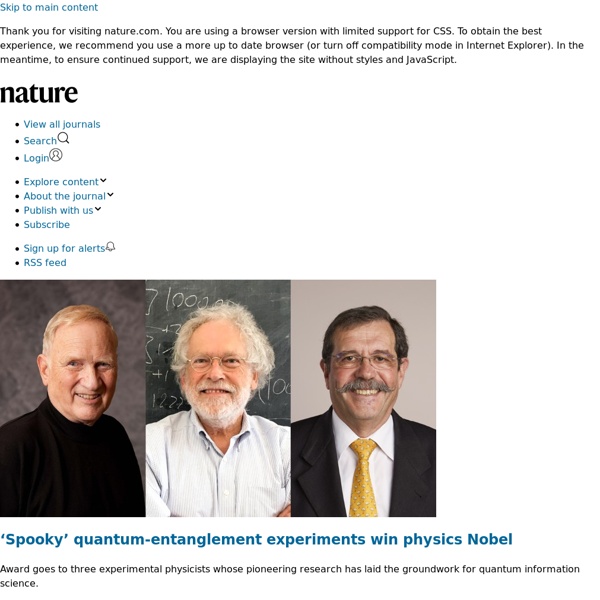



The Law of Accelerating Returns An analysis of the history of technology shows that technological change is exponential, contrary to the common-sense “intuitive linear” view. So we won’t experience 100 years of progress in the 21st century — it will be more like 20,000 years of progress (at today’s rate). The “returns,” such as chip speed and cost-effectiveness, also increase exponentially. You will get $40 trillion just by reading this essay and understanding what it says. Now back to the future: it’s widely misunderstood. The Intuitive Linear View versus the Historical Exponential View Most long range forecasts of technical feasibility in future time periods dramatically underestimate the power of future technology because they are based on what I call the “intuitive linear” view of technological progress rather than the “historical exponential view.” When people think of a future period, they intuitively assume that the current rate of progress will continue for future periods. The Law of Accelerating Returns
Why the Future Doesn't Need Us ( Drawing Life: Surviving the Unabomber. Free Press, 1997: 120.) 2 Garrett, Laurie. The Coming Plague: Newly Emerging Diseases in a World Out of Balance. Penguin, 1994: 47-52, 414, 419, 452. 3 Isaac Asimov described what became the most famous view of ethical rules for robot behavior in his book I, Robot in 1950, in his Three Laws of Robotics: 1. 4 Michelangelo wrote a sonnet that begins: Non ha l' ottimo artista alcun concetto * Ch' un marmo solo in sè non circonscriva Col suo soverchio; e solo a quello arriva La man che ubbidisce all' intelleto. Stone translates this as: The best of artists hath no thought to show * which the rough stone in its superfluous shell doth not include; to break the marble spell is all the hand that serves the brain can do. Stone describes the process: "He was not working from his drawings or clay models; they had all been put away. (The Agony and the Ecstasy. 5 First Foresight Conference on Nanotechnology in October 1989, a talk titled "The Future of Computation."
ID2020 and partners launch program to provide digital ID with vaccines The ID2020 Alliance has launched a new digital identity program at its annual summit in New York, in collaboration with the Government of Bangladesh, vaccine alliance Gavi, and new partners in government, academia, and humanitarian relief. The program to leverage immunization as an opportunity to establish digital identity was unveiled by ID2020 in partnership with the Bangladesh Government’s Access to Information (a2i) Program, the Directorate General of Health Services, and Gavi, according to the announcement. Digital identity is a computerized record of who a person is, stored in a registry. It is used, in this case, to keep track of who has received vaccination. “We are implementing a forward-looking approach to digital identity that gives individuals control over their own personal information, while still building off existing systems and programs,” says Anir Chowdhury, policy advisor at a2i.